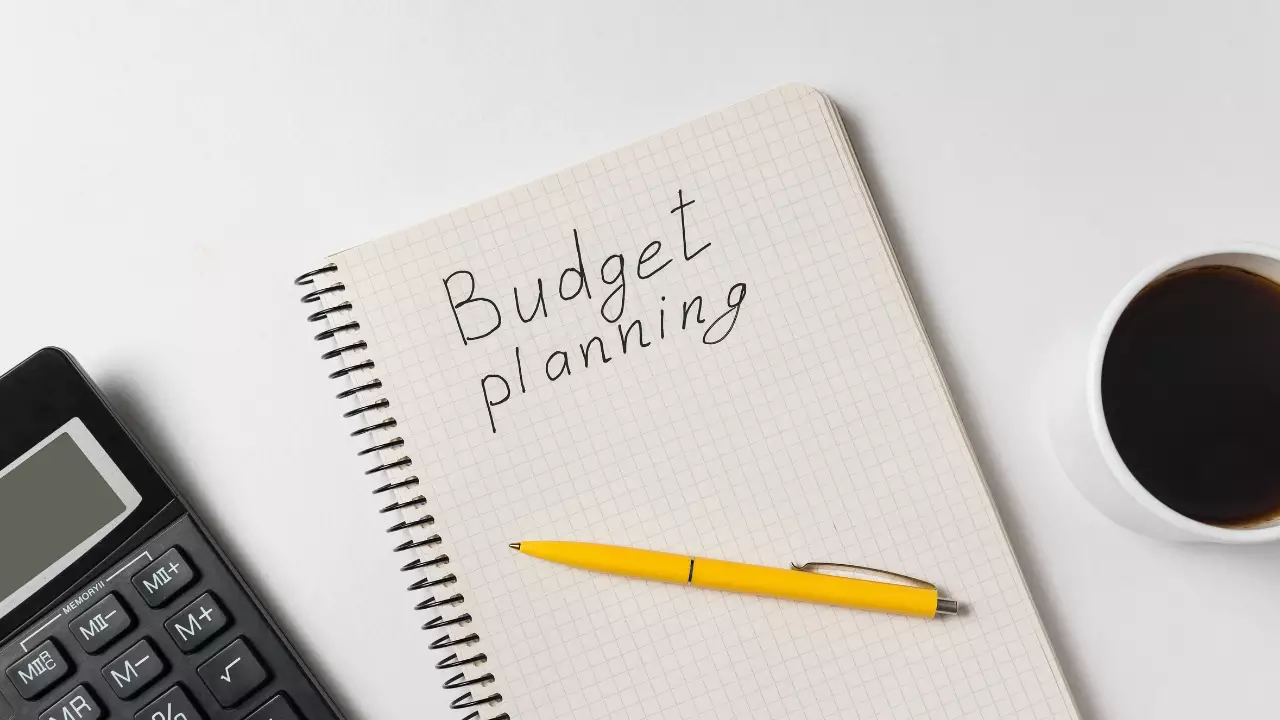Mastering Household Budgets in 2024
Managing household finances and creating a working budget is an essential but often overwhelming task. With prices and expenses fluctuating regularly, keeping track of income, savings goals, and spending categories can be challenging.
However, budgeting is a crucial life skill that enables you to understand your money, avoid debt, and work towards financial freedom.
This comprehensive guide breaks down simple, step-by-step strategies to master household budgeting in 2024. Whether single or supporting a family, unemployed or retired, you can customize budgets to suit your lifestyle.
With a bit of time and effort, you’ll gain control over your money rather than letting finances control you.
How to Start Budgeting: Key Tips and Strategies

When creating your first budget, keep these fundamental guidelines in mind:
Outline Financial Goals
Start by identifying what you want to achieve financially this year and beyond. Common goals include:
- Saving for a house deposit
- Paying off credit card bills
- Building an emergency fund
- Saving for vacation
Match your budget to align with these priorities.
Calculate Total Income
Add up all expected income streams to estimate the total funds you have to work with for budgeting, including:
- Employment wages
- Investment returns
- Government assistance
- Child support
- Any other regular income
Having an accurate income sum informs how much you can reasonably spend and save.
Gather Spending Information
Review recent bank and credit card statements to analyze what expenses you typically incur under categories like:
- Housing (rent/mortgage/insurance/utilities)
- Food (groceries and dining out)
- Transportation (fuel, maintenance, parking)
- Medical (health insurance, prescriptions)
- Personal (shopping, entertainment, memberships)
This spending snapshot helps allocate future budget categories.
Creating a Detailed Household Budget

With financial goals, income, and expenses in mind, now build a working one-year budget tailored to your household circumstances.
Choose a Budgeting System
Select an organized system to present your budget overview, such as:
Spreadsheet Method
Using an Excel spreadsheet or Google Sheets workbook to display:
- Monthly income totals
- Percentages allocated per expense category
- Funds remaining each month
Regularly update to input actual amounts spent.
Budgeting Software
User-friendly apps like Mint, You Need a Budget (YNAB), EveryDollar, and PocketGuard connect to your bank accounts. Automate tracking and analytics.
Written or Digital Documents
Manually record income minus expenses in a written diary format or word processing document. Simple yet practical option.
Choose whichever system best suits your needs and technical skills.
Estimate Upcoming Expenses
Make realistic monthly cost projections under key spending categories, ensuring to:
Allow for Current Prices
Use latest utility bills, rent invoices, grocery receipts, insurance paperwork, etc to tally living costs rather than outdated figures. Add 5-10% buffers given inflation.
Factor in Lifestyle Inflation
Accounting for ‘lifestyle inflation’ means spending can creep upwards as income rises over time. Budget based on your current situation.
Plan Irregular Costs
Remember annually/quarterly outlays like car registration, streaming services, HOA fees on top of everyday expenses. Spread costs.
Build Savings Goals
Before allocating spare funds to leisure or unnecessary purchases, prioritize savings targets for your identified financial goals earlier. Automate deposits into separate savings accounts so contributions bypass everyday spending.
Accurately projecting monthly sums in each category prevents underestimating and overspending later.
Find Ways to Save
With fixed costs accounted for, maximize potential savings by:
Shopping Smarter
Opt for discounted groceries, buy generics over brands, purchase second-hand before new clothes. Small cutbacks make big savings.
Review Subscriptions
Cancel unused streaming, box, membership services. Keep only essential ones providing value for money.
Live Within Your Means
Having the latest iPhone or 70-inch TV may be desirable but shouldn’t compromise meeting needs like medical insurance or building emergency savings. Stick to necessities before luxuries.
Use Cash-Back Apps
Apps like Rakuten, Drop, and Dosh reward you for frequenting certain stores and restaurants. Accumulate bonus savings from routine purchases.
Finding even small ways to spend less and earn more maximizes your budget’s power.
Optimizing Spending Habits Within Budget

With your tailored budget set, getting your actual daily and monthly spending habits to align involves:
Tracking Transactions
Monitoring Every Purchase
Record each transaction in your chosen system under its relevant category. Whether a $5 takeout coffee or $500 down-payment on an appliance, log everything. Become aware of buying habits.
Update Frequently
Input purchases daily if possible, but at least every few days. Tracking a whole month’s haphazard spending retrospectively reduces accuracy.
Set Transaction Alerts
Use bank alerts via text or email to notify your phone whenever cards are used. Easy prompt to quickly log each purchase.
Reviewing Progress
Compare Allocated vs Actual Sums
Frequently check totals actually spent on groceries, utilities, clothing etc against the amounts initially budgeted for these categories monthly.
Adjust Categories If Needed
If expenditure consistently exceeds or falls short in a particular category, reassess your allocated budget for the next month. For example, increase dining out if regularly eating at home proves unrealistic. Or reduce clothing when funds unused each month prove you don’t need such substantial clothing budgets.
Analyze Unexpected Costs
Do one-off expenses like vet bills or car repairs explain suddenly increased credit card balances? Consider allocating an emergency fund for surprise costs. Or set aside cash in envelopes marked for irregular expenses if required next time they arise.
Evaluating spending against budgets helps reshape budgets over time.
Achieving Financial Goals Through Budgeting
Committing to an accurate, hands-on budgeting process is guaranteed to instill greater awareness around spending and savings habits over 12 months. Monitor your chosen financial goals to remain focused and motivated.
Notice credit card debts reducing monthly or house deposits growing through automated savings. Celebrate financial milestones like fully funded emergency accounts or paying off loans as inspiring markers of progress towards taking control of finances.
Budgeting helps transform hopes for debt freedom, home ownership, retirement security or other dreams into achievable realities. Financial independence starts with mastering personal and household budgeting, one day and one dollar at a time. Through dedicating time to set budgets, track spending, and evaluate outlays against income, you become empowered to ultimate financial salvation.